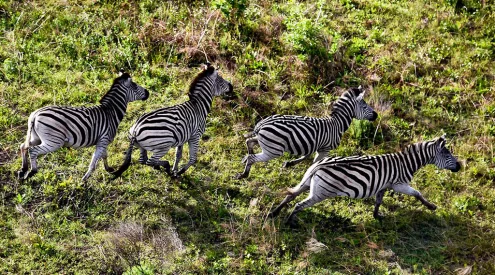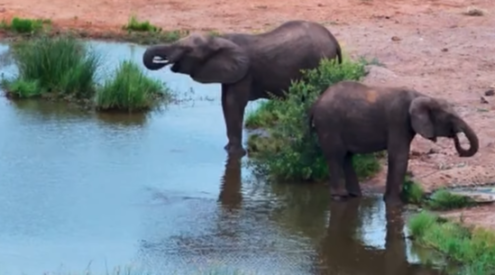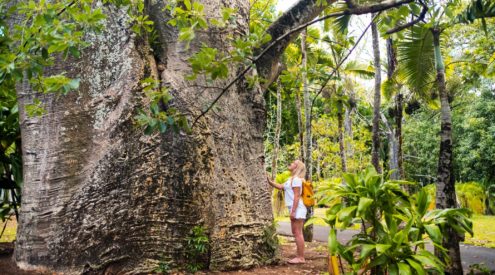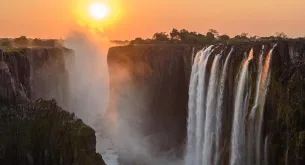After a decade of negotiations, nations have reached a landmark agreement to protect the world’s oceans. The High Seas Treaty aims to establish protected areas covering 30% of the seas by 2030, to safeguard and rehabilitate marine nature. The agreement was reached on Saturday evening after 38 hours of talks at the UN headquarters in New York. The negotiations had been held up for years over disagreements on funding and fishing rights.
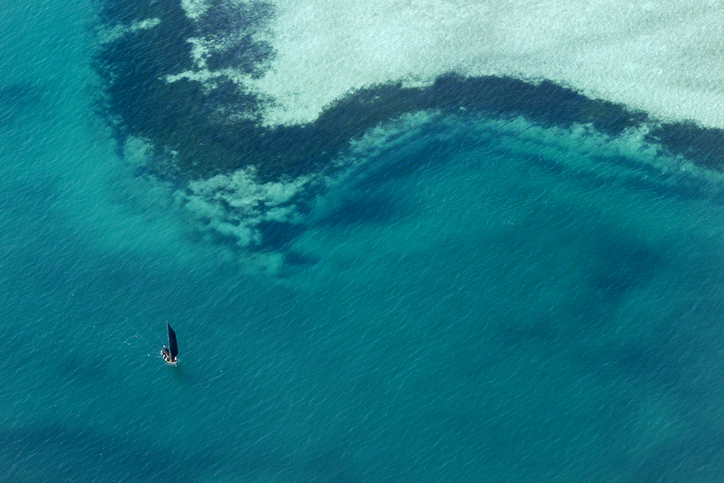
Picture: Getaway gallery
The last international agreement on ocean protection was signed 40 years ago in 1982, the UN Convention on the Law of the Sea. That agreement established the high seas, international waters where all countries have a right to fish, ship, and conduct research, but only 1.2% of these waters are currently protected. Marine life outside these protected areas has been at risk from climate change, overfishing, and shipping traffic.
Nearly 10% of global marine species were at risk of extinction in the latest International Union for Conservation of Nature (IUCN) assessment. The new protected areas established in the treaty will limit the amount of fishing that can take place, the routes of shipping lanes, and exploration activities like deep-sea mining. Environmental groups have been concerned that mining processes could disturb animal breeding grounds, create noise pollution, and be toxic to marine life.
The International Seabed Authority that oversees licensing has assured that any future activity in the deep seabed will be subject to strict environmental regulations and oversight to ensure that they are carried out sustainably and responsibly.
Marine genetic resources were the main issue of disagreement. Biological materials from plants and animals in the ocean, such as pharmaceuticals, industrial processes, and food, can benefit society. Richer nations currently have the resources and funding to explore the deep ocean, but poorer nations wanted to ensure any benefits they find are shared equally.
Dr Robert Blasiak, the ocean researcher at Stockholm University, said the challenge was that no one knows how much ocean resources are worth and how they could be split. He added, ‘If you imagine a big, high-definition, widescreen TV, and if only three or four pixels on that giant screen are working, that’s our knowledge of the deep ocean. So we’ve recorded about 230,000 species in the ocean, but it’s estimated that there are over two million.’
Laura Meller, an oceans campaigner for Greenpeace Nordic, commended countries for ‘putting aside differences and delivering a treaty that will let us protect the oceans, build our resilience to climate change, and safeguard the lives and livelihoods of billions of people.’ She added, ‘This is a historic day for conservation and a sign that in a divided world, protecting nature and people can triumph over geopolitics.’
Countries will need to meet again to formally adopt the agreement, and much work must be done before the treaty can be implemented. Liz Karan, director of Pew’s Trust ocean governance team, told the BBC, ‘It will take some time to take effect. Countries must ratify it [legally adopt it] to enter force. Then there are a lot of institutional bodies like the Science and Technical Committee that have to get set up.’
ALSO READ: Birdlife South Africa to compile list of birds in isiZulu
Follow us on social media for more travel news, inspiration, and guides. You can also tag us to be featured.
TikTok | Instagram | Facebook | Twitter


